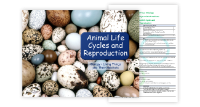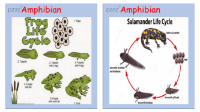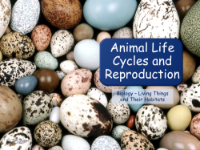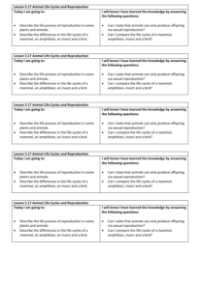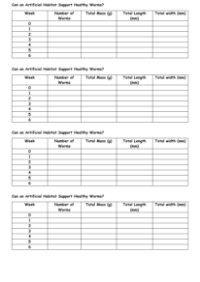Animal Life Cycles and Reproduction - Self Assessment
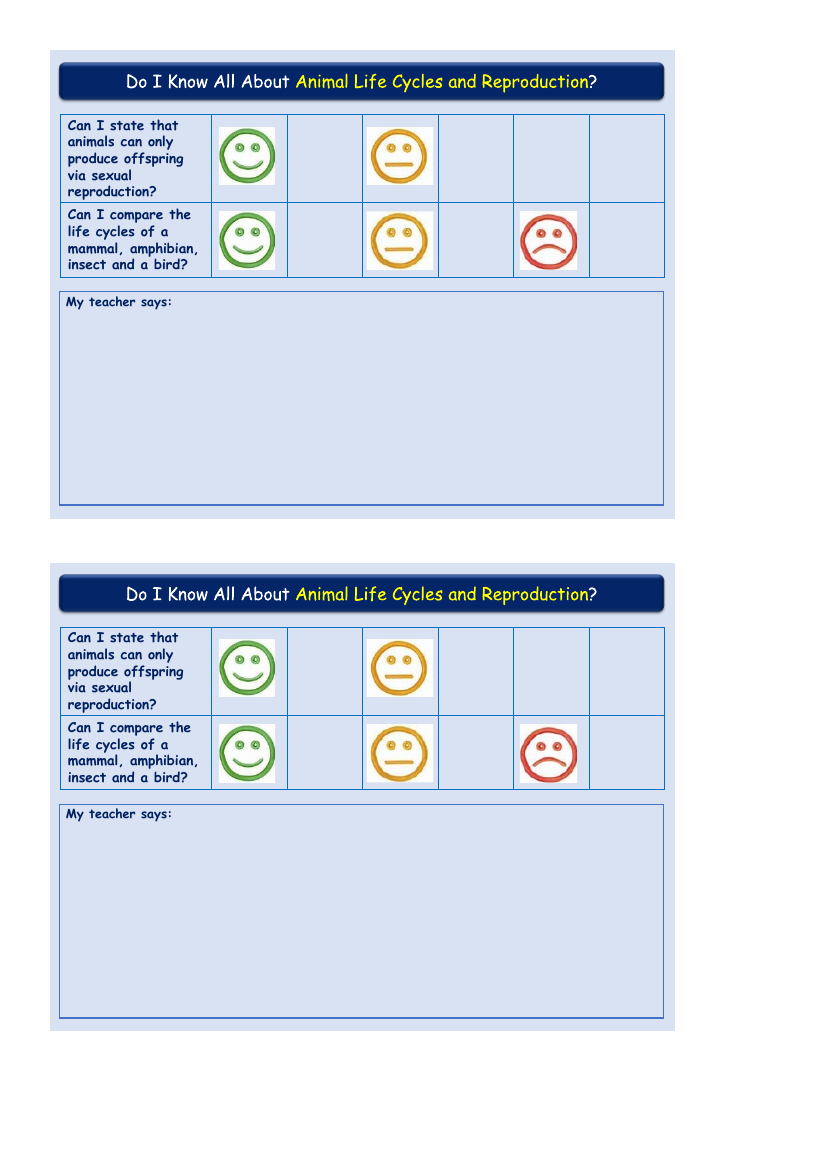
Science Resource Description
In an educational setting, learners are prompted to engage in self-assessment regarding their understanding of animal life cycles and reproduction. The first point of reflection asks whether they can confidently acknowledge that animals can only produce offspring through sexual reproduction. This statement is a common misconception, as some animals are capable of asexual reproduction as well. The second self-assessment point encourages students to consider whether they have the ability to compare the life cycles of various animal classes, including mammals, amphibians, insects, and birds, each of which has distinct reproductive strategies and developmental stages.
The teacher's feedback, which is not provided in the text, would likely address the accuracy of the students' self-assessment and clarify any misunderstandings. For instance, the teacher might correct the misconception about exclusive sexual reproduction in animals by providing examples of asexual reproduction methods such as binary fission, budding, or parthenogenesis. Furthermore, the teacher would assess the students' ability to contrast the life cycles of different animals, potentially highlighting the unique characteristics of each group, such as metamorphosis in amphibians and insects, or the internal development typical of mammals and birds. This formative assessment is crucial for guiding students towards a more comprehensive and accurate understanding of the topic.

